The capital Moscow is equipped with multiple layers of air defense to intercept ballistic missiles and large aircraft, but has difficulty dealing with small UAVs.
Two small unmanned aerial vehicles (UAVs) crashed into apartment buildings in southwestern Moscow on May 30. The Russian Defense Ministry said a total of eight UAVs attacked Moscow in the raid, all of which were either destroyed by the Pantsir-S1 short-range air defense system or deflected by electronic warfare systems.
Russian President Vladimir Putin said Moscow's defenses were effective, but added that "it is necessary to increase the density of air defense systems." Putin's statement was seen as an admission that Moscow's air defense network still has certain gaps.
Since the 1980s, the Soviet military has deployed a multi-layered air defense network to protect the capital Moscow from US intercontinental ballistic missiles (ICBMs) and nuclear bombers.
After the collapse of the Soviet Union in 1991, these systems were continuously maintained and modernized by Russia into a dense air defense network around the capital Moscow, but were mainly designed to deal with strategic weapons and long-range missiles, without paying attention to the threat from light UAVs that are increasingly common on the modern battlefield.
Russian Pantsir-S1 system fires in the suburbs of Moscow on May 30. Video : Telegram/Moscow Calling
Responsible for protecting the capital Moscow is the 1st Special Air and Missile Defense Army, part of the Russian Aerospace Forces. This is a strategic unit, consisting of two air defense divisions, one ballistic missile defense division and auxiliary units.
The longest-range shield of the Moscow defense network is the A-135 "Amur" complex, deployed in 1995 and belonging to the 9th Ballistic Missile Defense Division. The Amur system is capable of intercepting single ICBMs or launching them in large salvos, in response to the US military doctrine, which always prioritizes preemptive strikes with a large number of long-range ballistic missiles to overload the enemy's defense system.
Russia is deploying five A-135 sites in the Moscow region, each with 12-16 53T6 interceptor missiles. Russia tested a modernized version of the missile in 2018, showing that it is capable of intercepting ballistic missiles flying towards the target at an altitude of 5-30 km and a range of 80 km, reaching a maximum speed of 21,000 km/h within three seconds of launch.
The second layer of defense is provided by the 4th and 5th Air Defense Divisions. Each unit is equipped with four regiments of S-400 and S-300PM missiles with a range of 200-400 km, along with Pantsir-S1 short-range air defense missile-gun systems. Russian Defense Minister Sergei Shoigu said in March that these units will be equipped with the S-350 system with many outstanding features.
The third layer of defense consists of a series of Pantsir-S1 systems that have been deployed in Moscow since the beginning of this year, including at least one on the roof of the Russian Defense Ministry. These are short-range air defense systems designed to protect certain important targets.
Video shared on social media on May 30 shows the Pantsir-S1 complex launching a missile to intercept a UAV on the outskirts of Moscow, while long- and medium-range air defense systems were not activated.
The Russian military also deployed a number of electronic warfare systems to protect Moscow, but did not disclose information about their operations. Russian media reported that several Pole-21 systems, developed to counter UAVs, cruise missiles and bombs using the satellite navigation system (GPS), appeared in Moscow in 2016, but the Russian Defense Ministry only confirmed the information three years later.

Transceiver and jammer of Russia's Pole-21 system (left). Photo: TASS
The Pole-21 system uses a modular design, consisting of multiple R-340RP signal transceiver and jamming stations, which can be installed on civilian telecommunications antenna masts or military truck chassis for increased mobility. The stations are combined into a unified combat network to ensure coverage of large areas.
The basic Pole-21 jammer is equipped with three antennas, each capable of neutralizing satellite signals in a fan-shaped area of 125 degrees wide, 25 degrees high, and 25-80 km in radius. Each Pole-21 system can be connected to 100 separate antennas, covering an area of 22,500 km2.
Military experts say Moscow's multi-layered air defense network is very powerful, but there are still some weaknesses that can be exploited by the enemy.
Ian Williams, an expert at the Missile Defense Program at the Center for Strategic and International Studies (CSIS) in the US, said that the A-135, S-300, S-400 and Pantsir-S1 systems were all born before small UAVs became a serious threat on the battlefield.
"They are designed to deal with large, remotely detectable targets such as ICBMs and bombers. The Pantsir-S1 complex is capable of shooting down small UAVs and drones, but this is not its optimal mission," he said.
Russian experts also admit that the combat effectiveness of Pantsir-S1 and Pole-21 is significantly reduced in densely populated areas with dense satellite signals, when the enemy can take advantage of high-rise buildings to conceal the route to the target.
"To effectively counter a small UAV attack, the Russian military must neutralize the target before it approaches the city. This is a very difficult task, given the large size of Russia's territory," said Ruslan Pukhov, director of the Moscow-based Center for Analysis of Strategies and Technologies (CAST).
Protecting Moscow’s airspace is also much more difficult than the Ukrainian frontline, as the city’s skies are still filled with civilian aircraft. That increases the burden on air defense crews, who have to constantly monitor civilian aircraft and look for real threats, ensuring that no mistakes are made.
UAVs, especially light ones powered by electric motors and made of plastic, are difficult to detect with conventional radar. Their slow speed and small reflectivity also make them easy to mistake for birds.

S-400 and Pantsir-S1 missile launchers on the outskirts of Moscow in 2016. Photo: RIA Novosti
“Urban air defense forces often set up special operating modes that ignore targets smaller than helicopters. If radars are adjusted to detect smaller targets, such as light UAVs, air defense batteries can constantly get false alarms because of flocks of birds in the sky,” said Mr. Williams.
Anti-UAV radars are equipped with databases to distinguish small aircraft from birds, while eliminating noise and terrain interference to improve tracking ability. However, their biggest drawback is their short range, being optimized to detect and track targets within a radius of a few kilometers.
Meanwhile, the Pole-21 system has the disadvantage of not being able to distinguish between friendly and enemy satellite positioning signals. This makes it impossible for the Russian military to continuously activate Pole-21 to protect Moscow from UAV attacks, as they would hinder the normal activities of people in the capital.
"Those who carried out the drone attack on May 30 appeared to have taken full advantage of the vulnerabilities of the Pantsir-S1 system and the defense complexes deployed around Moscow to reach their targets, although they were ultimately effective in dealing with these threats," Williams commented.
Vu Anh (According to Defense News )
Source link


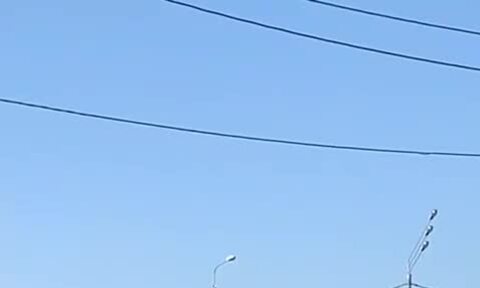



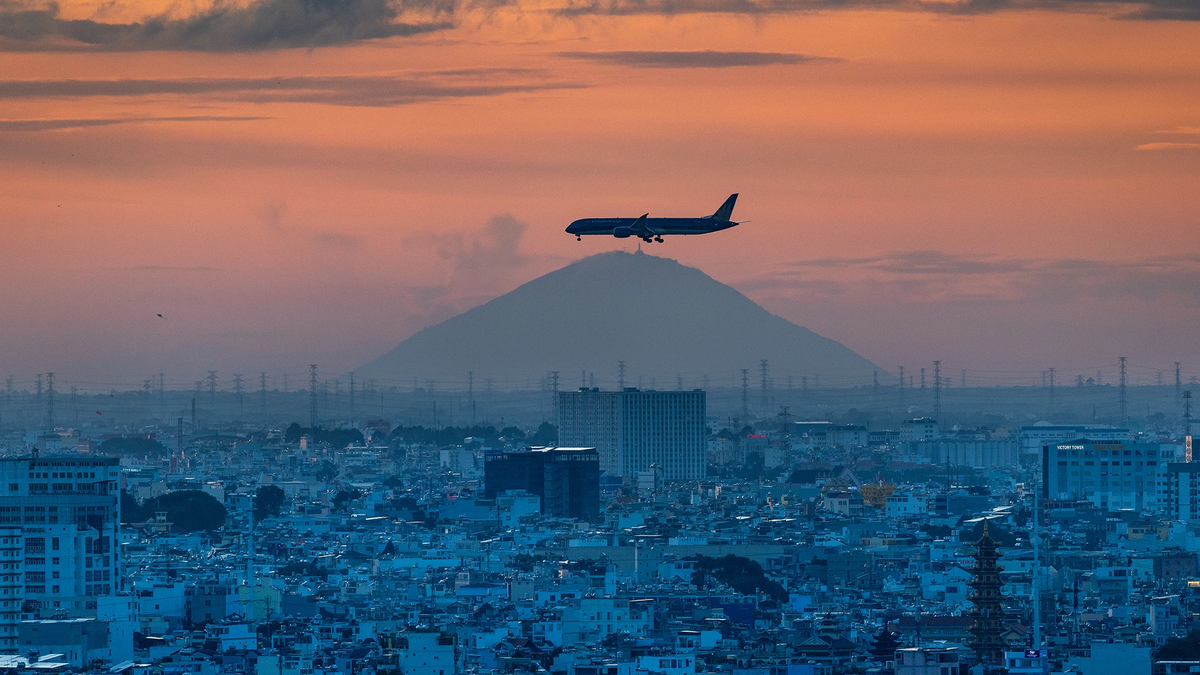




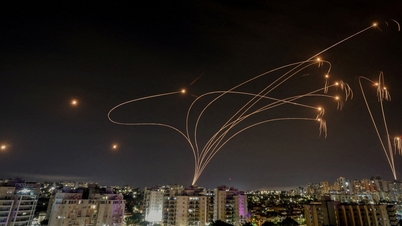


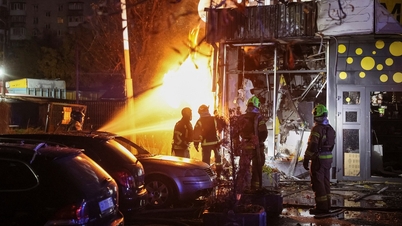










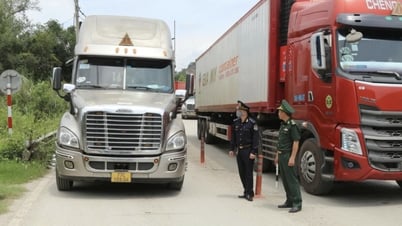






































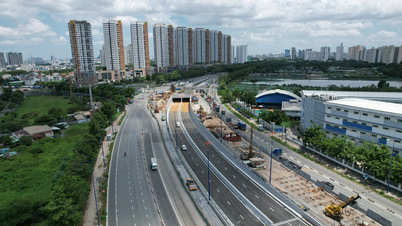

















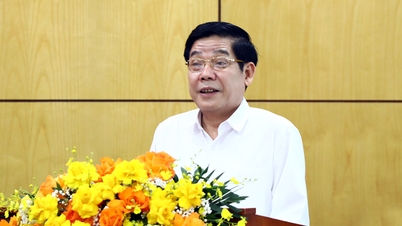























Comment (0)